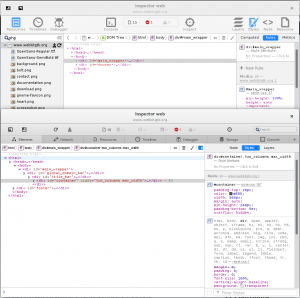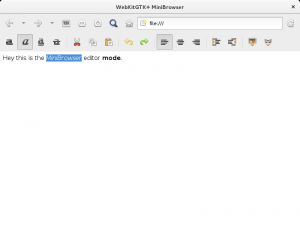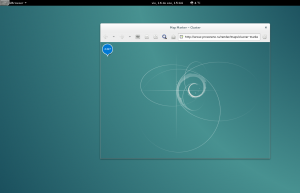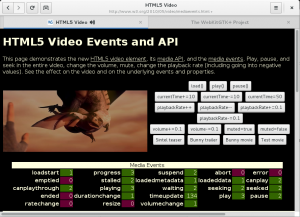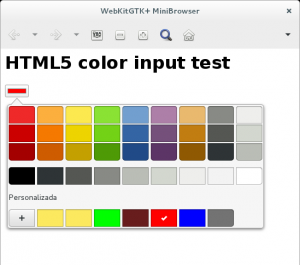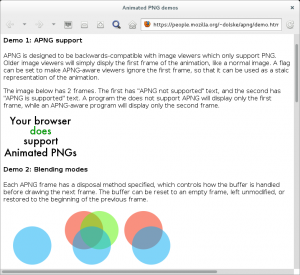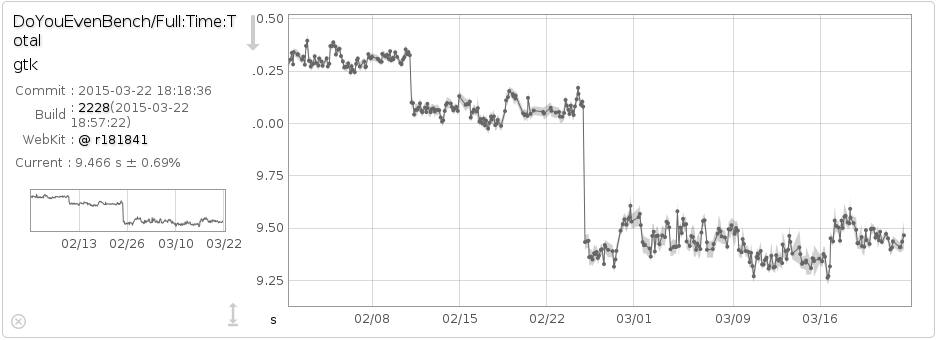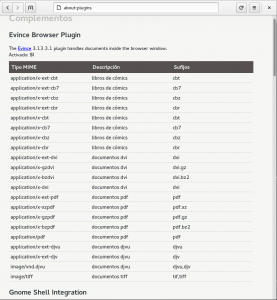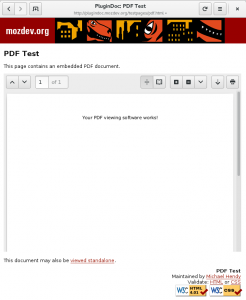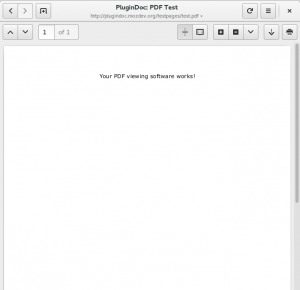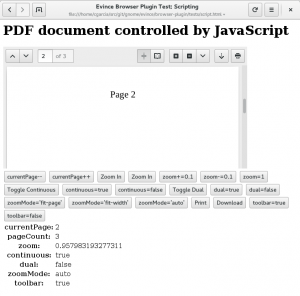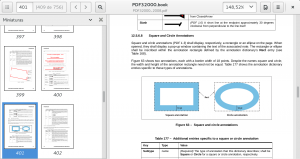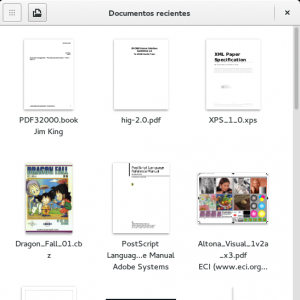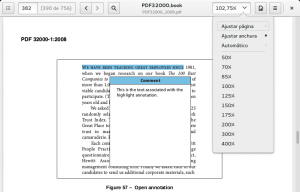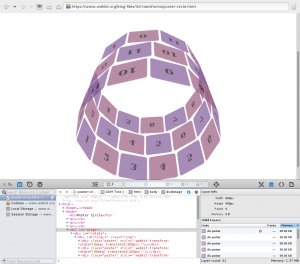WebKitGTK+ 2.14 release was very exciting for us, it finally introduced the threaded compositor to drastically improve the accelerated compositing performance. However, the threaded compositor imposed the accelerated compositing to be always enabled, even for non-accelerated contents. Unfortunately, this caused different kind of problems to several people, and proved that we are not ready to render everything with OpenGL yet. The most relevant problems reported were:
- Memory usage increase: OpenGL contexts use a lot of memory, and we have the compositor in the web process, so we have at least one OpenGL context in every web process. The threaded compositor uses the coordinated graphics model, that also requires more memory than the simple mode we previously use. People who use a lot of tabs in epiphany quickly noticed that the amount of memory required was a lot more.
- Startup and resize slowness: The threaded compositor makes everything smooth and performs quite well, except at startup or when the view is resized. At startup we need to create the OpenGL context, which is also quite slow by itself, but also need to create the compositing thread, so things are expected to be slower. Resizing the viewport is the only threaded compositor task that needs to be done synchronously, to ensure that everything is in sync, the web view in the UI process, the OpenGL viewport and the backing store surface. This means we need to wait until the threaded compositor has updated to the new size.
- Rendering issues: some people reported rendering artifacts or even nothing rendered at all. In most of the cases they were not issues in WebKit itself, but in the graphic driver or library. It’s quite diffilcult for a general purpose web engine to support and deal with all possible GPUs, drivers and libraries. Chromium has a huge list of hardware exceptions to disable some OpenGL extensions or even hardware acceleration entirely.
Because of these issues people started to use different workarounds. Some people, and even applications like evolution, started to use WEBKIT_DISABLE_COMPOSITING_MODE environment variable, that was never meant for users, but for developers. Other people just started to build their own WebKitGTK+ with the threaded compositor disabled. We didn’t remove the build option because we anticipated some people using old hardware might have problems. However, it’s a code path that is not tested at all and will be removed for sure for 2.18.
All these issues are not really specific to the threaded compositor, but to the fact that it forced the accelerated compositing mode to be always enabled, using OpenGL unconditionally. It looked like a good idea, entering/leaving accelerated compositing mode was a source of bugs in the past, and all other WebKit ports have accelerated compositing mode forced too. Other ports use UI side compositing though, or target a very specific hardware, so the memory problems and the driver issues are not a problem for them. The imposition to force the accelerated compositing mode came from the switch to using coordinated graphics, because as I said other ports using coordinated graphics have accelerated compositing mode always enabled, so they didn’t care about the case of it being disabled.
There are a lot of long-term things we can to to improve all the issues, like moving the compositor to the UI (or a dedicated GPU) process to have a single GL context, implement tab suspension, etc. but we really wanted to fix or at least improve the situation for 2.14 users. Switching back to use accelerated compositing mode on demand is something that we could do in the stable branch and it would improve the things, at least comparable to what we had before 2.14, but with the threaded compositor. Making it happen was a matter of fixing a lot bugs, and the result is this 2.14.4 release. Of course, this will be the default in 2.16 too, where we have also added API to set a hardware acceleration policy.
We recommend all 2.14 users to upgrade to 2.14.4 and stop using the WEBKIT_DISABLE_COMPOSITING_MODE environment variable or building with the threaded compositor disabled. The new API in 2.16 will allow to set a policy for every web view, so if you still need to disable or force hardware acceleration, please use the API instead of WEBKIT_DISABLE_COMPOSITING_MODE and WEBKIT_FORCE_COMPOSITING_MODE.
We really hope this new release and the upcoming 2.16 will work much better for everybody.
